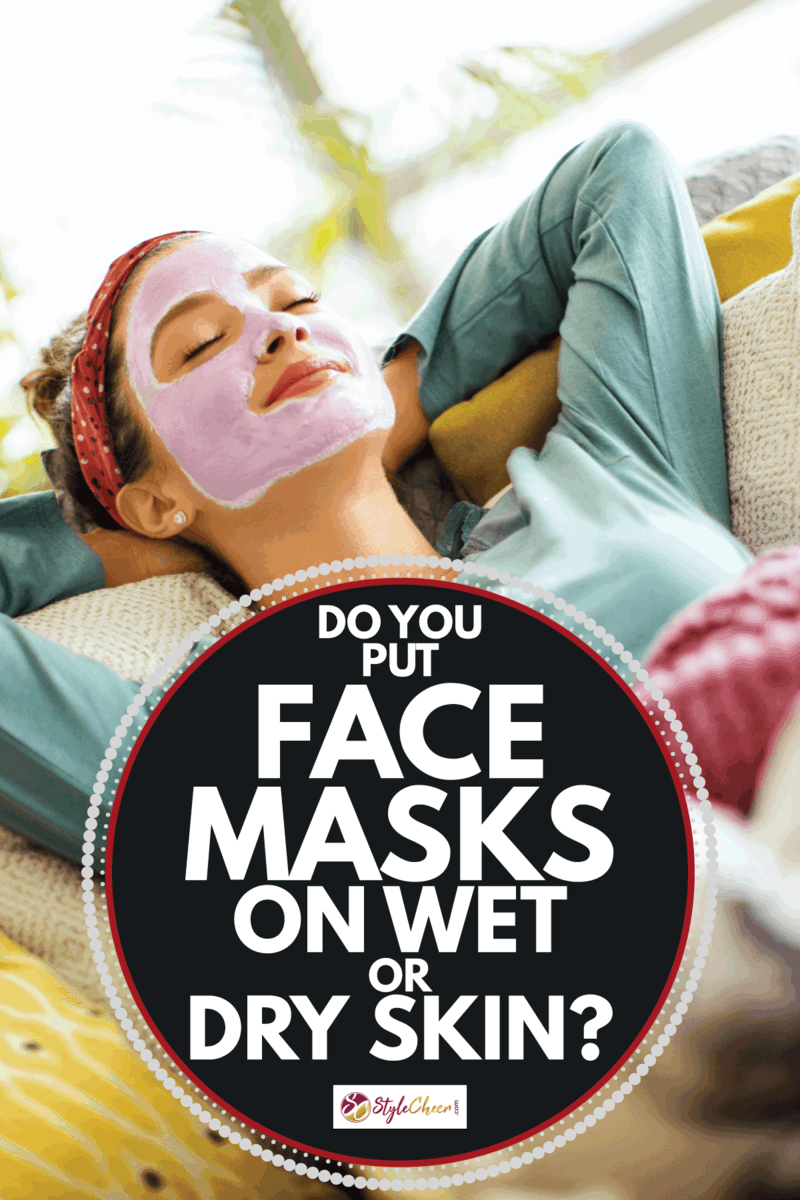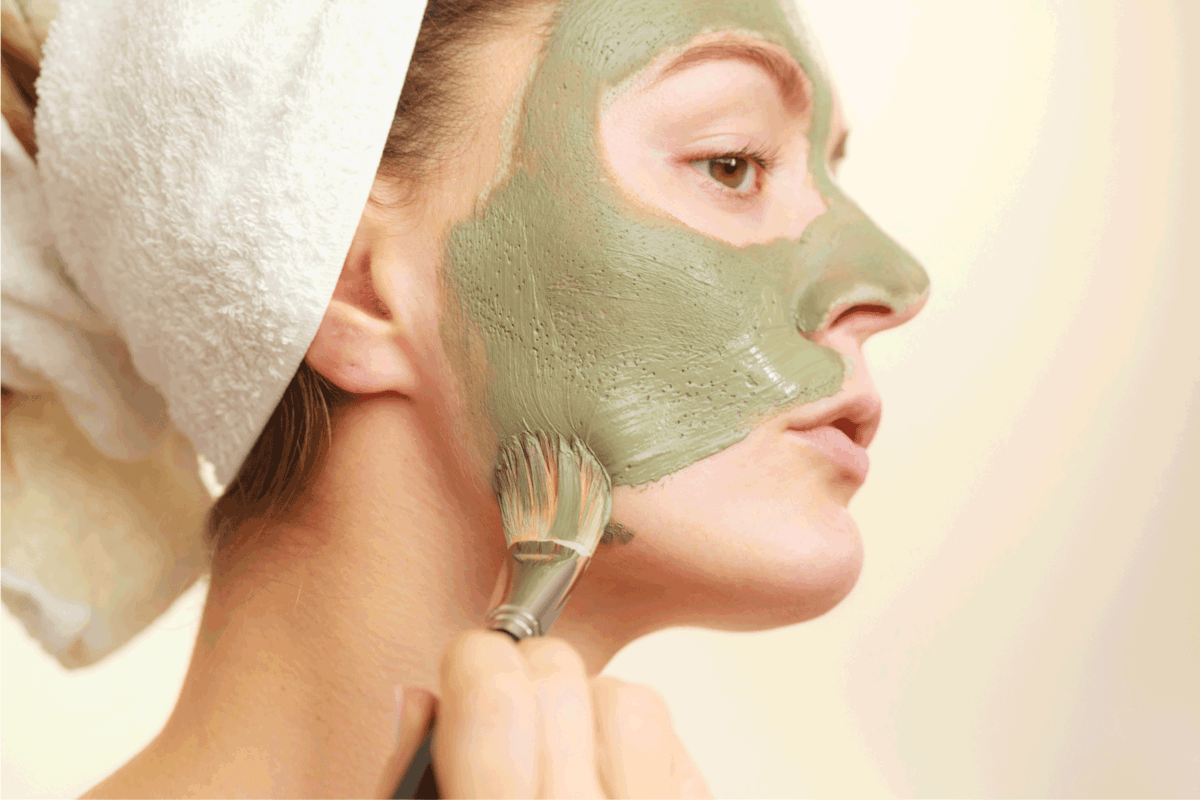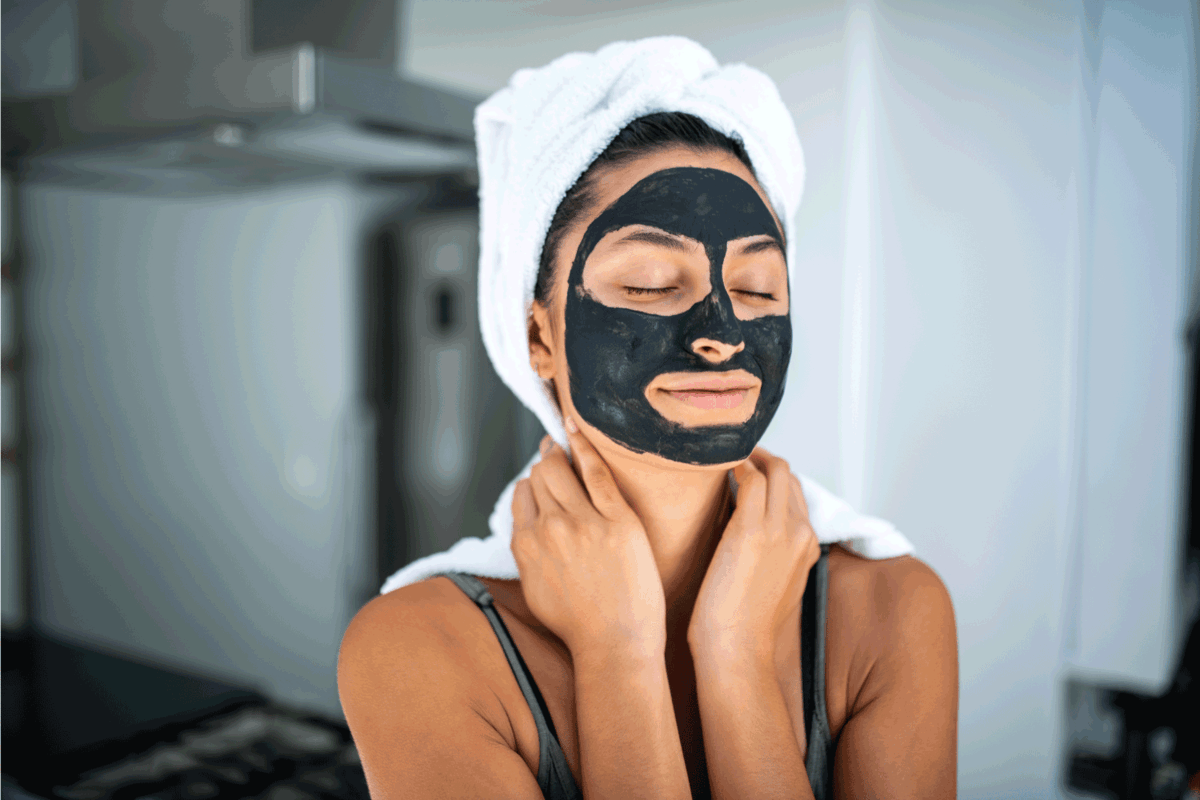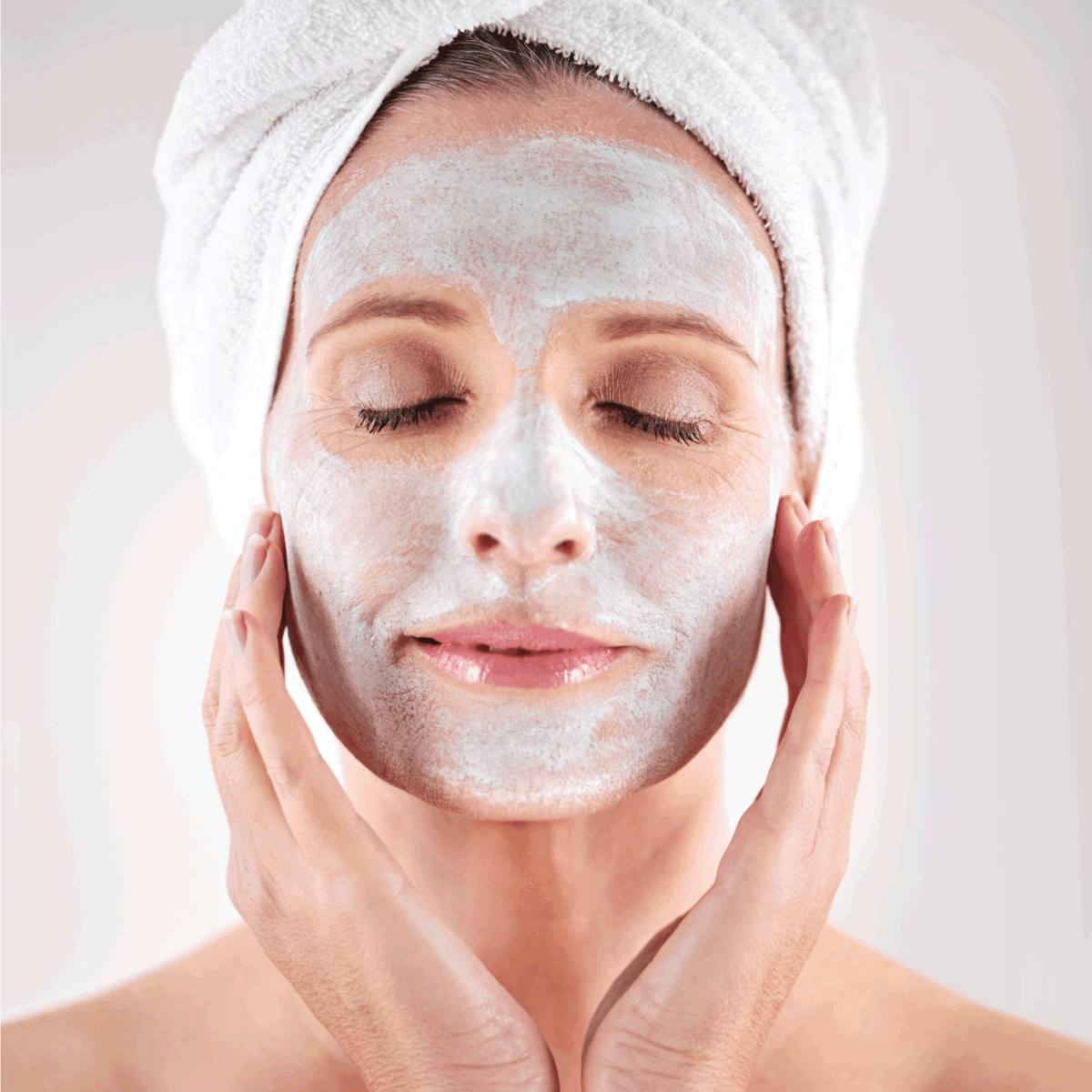Whether you have dry skin, oily skin, or you're just trying to give your skin a healthy boost; there's no doubt there is a face mask for you. However, if you're new to treating yourself with a face mask, you may be wondering whether it's best to apply it to wet or dry skin. Well, we've done the research for you and have an answer.
Whether you should apply your face mask to wet or dry skin will vary on the type of mask you use. Most masks are applied to clean, dry skin. However, it is okay for some masks to be applied to damp skin. In fact, it can help retain moisture. You should always follow the directions on the mask packaging.
If you're new to face masks, you probably have some other questions about whether you wash your face before or after applying the face mask. Fortunately, we likely have the answer to those questions as well, so keep reading as we answer some additional questions you might have.

This article may include affiliate links and elements that were carefully created by our team using advanced ai to help you envision the best style advice.
Wet Or Dry Skin
Whether you apply your face mask to wet or dry skin will depend on the type of face mask you are using. Some face masks direct you to apply the mask to clean, dry skin, while others suggest damp skin.
Blue Sage's facial mask directs you to apply a thick layer to dry, cleansed skin.
Click here to see this product on Amazon.
Whereas Aliceva's face mask directs you to open your pores first with a hot towel suggesting your face will be damp when you apply it.
Click here to see this product on Amazon.
Do you wash your face before or after face mask?
Though face masks differ when it comes to applying them to wet or dry skin, there is no debate that they should all be used on clean skin.
Face masks should be applied to clean faces to avoid trapping any bacteria between the mask and your skin. Start your pampering process with your usual face cleansing method. You need to remove any makeup, dirt, or oil from your skin before applying your mask. It's also a good idea to exfoliate before your face before a face mask. Removing any dead skin cells will allow the face mask nutrients to reach the healthy skin cells better.
If you're searching for a new face cleanser, check out our other blog post on face cleanser you should know about: "11 Types Of Face Cleansers To Know."
If you usually apply moisturizer in your face care routine, save it for after the face mask. Don't put it on before your mask, or it'll create a barrier that blocks the mask from reaching your skin and giving you the best possible treatment.
Should you use a face mask before or after the shower?

As we mentioned earlier, a clean face is the best canvas for a face mask, so it might seem obvious that you should use a face mask after you shower, right? Typically, the answer is yes. The hot water from the shower can help open up your pores, prepping them for a face mask.
However, there is one exception to this. If you suffer from very dry skin, you may want to apply your face mask before your shower. Hot showers can dry out skin, so the mask might help hydrate your skin beforehand.
Applying A Face Mask During A Shower
Some people choose to apply their face mask during their shower. If you want to try this, be careful to make sure the face mask is on evenly and avoid the stream of water until it is set. You could also apply your mask before stepping into the shower and leave it on while you shower. Some masks require you to rub in any product remaining when you remove your mask, these masks -usually sheet masks- are better applied after you shower unless directed otherwise on the packaging.
There are a few options when it comes to face masks and showers. First, you should always follow the recommendations listed on the face mask packaging, but after that, you can incorporate your face mask routine into your showering routine however you like. It might take some experimenting to figure out the best method for you.
Should you let face masks dry?
Though it might seem easier than watching the clock, you should never leave your face mask on long enough to dry. Leaving your mask to dry can cause more harm than good. It can result in dry, itchy skin. Even masks that are for adding moisture can cause your face to become dry if left on too long.
The best thing to do is follow the directions for the amount of time you should leave it on. If it says to leave it for fifteen minutes, do so. Set a timer on your phone, so you don't have to keep checking the clock.
What should I do after a face mask?

So, we've gone over the prep you should do before -when you should put it on and whether you should let your face mask dry- but what about after?
After you've removed your face mask, gently rub in any remaining product. Some people choose to apply toner before their face mask, but it's also a good idea to apply it after as well. Applying toner offers lots of additional benefits to your skin. It helps keep your skin hydrated, prevents premature aging, and also assists your skin with absorbing moisturizer.
Click here to see this product on Amazon.
If you usually apply moisturizer, now is the time to do so. Adding a layer of moisturizer after your face mask can help keep your face hydrated.
Can you use a face mask on your body?
It's not just the skin on your face that can get dry. You may be wondering whether you can treat your body the same way you do your face and apply the face mask all over.
Sheet Masks
Now, you probably aren't considering using sheet masks for your entire body. However, in case you are, you should reconsider. Though it likely wouldn't harm your skin at all, applying sheet masks all over your body will take time and money.
Mud Masks
If you have a mud mask or other hydrating mask that involves applying a lotion or cream, it can likely be used on your body. It's always good to test a small area of your skin before applying it everywhere. This will ensure you don't have any adverse reactions. It is unlikely because the face on our skin is usually more sensitive. However, it's better to be safe than sorry!
Click here to see this product on Amazon.
More Trouble Than It's Worth
While you can apply a face mask to your body, it might be more trouble than it's worth. You may not want to do your whole body at once. It might be difficult to avoid touching anything in your home while you wait for it to work. You might also find that it takes a lot of effort and energy. Just applying a good moisturizer all over after your shower will likely be good enough for the rest of your skin.
Parts Of Your Body You Should Use It On
While applying it all over your body might be too much work, you should definitely use it on your neck and chest area. This area of skin can really benefit from additional care. Keep in mind though that this area is more likely to react than the skin on your face, so you should try a small area first.

Final Thoughts
You should always follow the directions on your face mask packaging for the best results. However, if you're unsure, it's okay to apply a face mask to damp skin. Unless directed, don't apply it to very wet skin. Hopefully, this article has helped clear up some confusion you might have had about face masks!
For more reading on the topic of masks, check out our other blog post: "Do Clay Masks Absorb Oil And Do They Clean Pores?"





![Scientist holding Cyanoacrylate glue, Is There An Eyelash Glue Without Cyanoacrylate? [A Guide to Finding Safe Alternatives] - 1600x900](https://stylecheer.com/wp-content/uploads/2023/09/shutterstock_2238414685-300x169.jpg)
![Applying lash glue onto fake eyelashes, Why Is My Lash Glue Not Sticking? [Common Reasons and Solutions] - 1600x900](https://stylecheer.com/wp-content/uploads/2023/09/shutterstock_1059533828-300x169.jpg)
![Pouring black lash glue onto a small mat, What Glue Do Lash Techs Use? [A Guide to Lash Extension Adhesives] - 1600x900](https://stylecheer.com/wp-content/uploads/2023/09/shutterstock_1541038103-300x169.jpg)